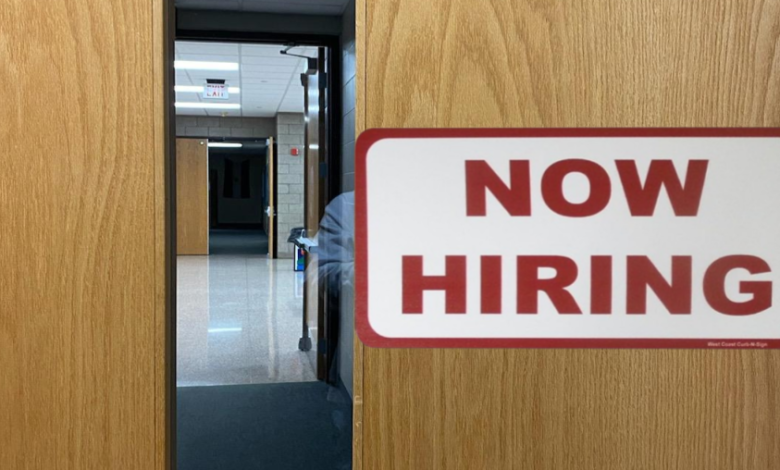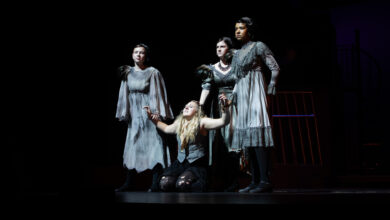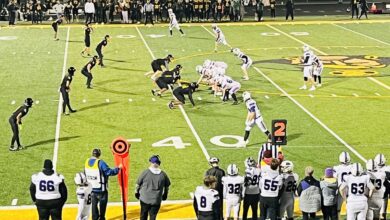
In July, the office of Governor Walz stated that there were over 13,000 vacant teaching positions across the state of Minnesota. These openings are evident when looking at BHS’s substantial class sizes. According to The Public School Review, the average student-teacher ratio in MN is 14:1, or about 14 students per class. While this number may seem large, BHS has almost double this, with an average class size of 27.91 students. Not only is this number large, but it is also inconsistent among different departments. Art classes have an average class size of 35.22, while AVID classes have an average class size of 22.64, still above the state average.
Large class sizes are one of the things that have pushed teachers over the edge. Not only is a room full of over thirty students nearly impossible to manage, but grading thirty tests or essays per chapter is a long process that cannot be completed in the limited amount of time teachers are given. This lack of time was the main reason one former teacher decided to leave BHS.
“Due to the lack of designated work hours,” they explained, “there existed an implicit expectation to complete all tasks outside of regular working hours, which took away from personal family time and adversely affected mental well-being.”
To understand how time is one of the greatest enemies of public educators, let’s break down the average teacher’s schedule as if it were a typical office job.
First, there are thirty minutes to prepare for your meetings that day. Given that there are five of these, this allows for six minutes of preparation for each meeting. Then, teachers run two sixty-minute meetings, back to back. After that, there’s an hour of prep time to either prepare for their afternoon meetings or read thirty different proposals. However, if a coworker needs the day off, teachers will be asked to give up this time to run a different meeting. After a third meeting, thirty minutes long, teachers are allocated a thirty-minute lunch break before, after, or even during the last two meetings of the day. Finally, the workday ends with thirty minutes to either prepare for the next day’s meetings or read proposals, of which there are now 150. None of this accounts for extra meetings with coworkers and administration that take place before or after their normal work.
Given this schedule, it is no wonder that The National Education Association found teachers spend an average of 2.8 hours working outside the classroom daily. Because of this, teachers work an average of 54 hours a week, 14 of them unpaid. Keep in mind that the average working adult only works 47 hours a week, seven hours less than what the average teacher does.
One former BHS staff member found that, “When I finish my day of work, I rarely have to think or stress about my projects after hours, which wasn’t the case when I was teaching.” Now, many would say that these extra hours are just a part of the job, and that teachers should know what they are getting into when they enter the profession. After all, working overtime is not unique to teaching. However, the important thing to note is that while teachers are working overtime, they’re not being compensated for their extra hours. For teachers, this is less like working and more similar to volunteering.
This problem is by no means unique to BHS, but it is amplified in our school by a district that has been considered unsupportive by past teachers. When teaching at the high school, one previous educator found that “One of the significant challenges I encountered [while teaching] revolved around the limited district support.” They went on to explain that “numerous challenges were experienced concerning the limited support and inclusivity for our diverse students and faculty.” These challenges ultimately ended with them leaving the field permanently, despite a love for both the profession and the BHS staff.
“I have a genuine passion for teaching, and the prospect of leaving behind my students, particularly those in my Advisory with whom I shared a strong connection, was a difficult consideration,” they shared. “However, I recognized that remaining in my current position would hinder my ability to teach at my utmost potential. Each school district presents its unique set of challenges, and the current state of education lacks the necessary national-level support, resulting in systemic gaps that require significant attention.”
Without change, BHS will continue to lose teachers left and right and continue to face issues retaining teachers. Teachers require more prep time and support to feel both that their work is manageable and that they work in a safe environment. Otherwise, burnout is inevitable, and BHM will continue to be a district where people dream, believe and leave.




